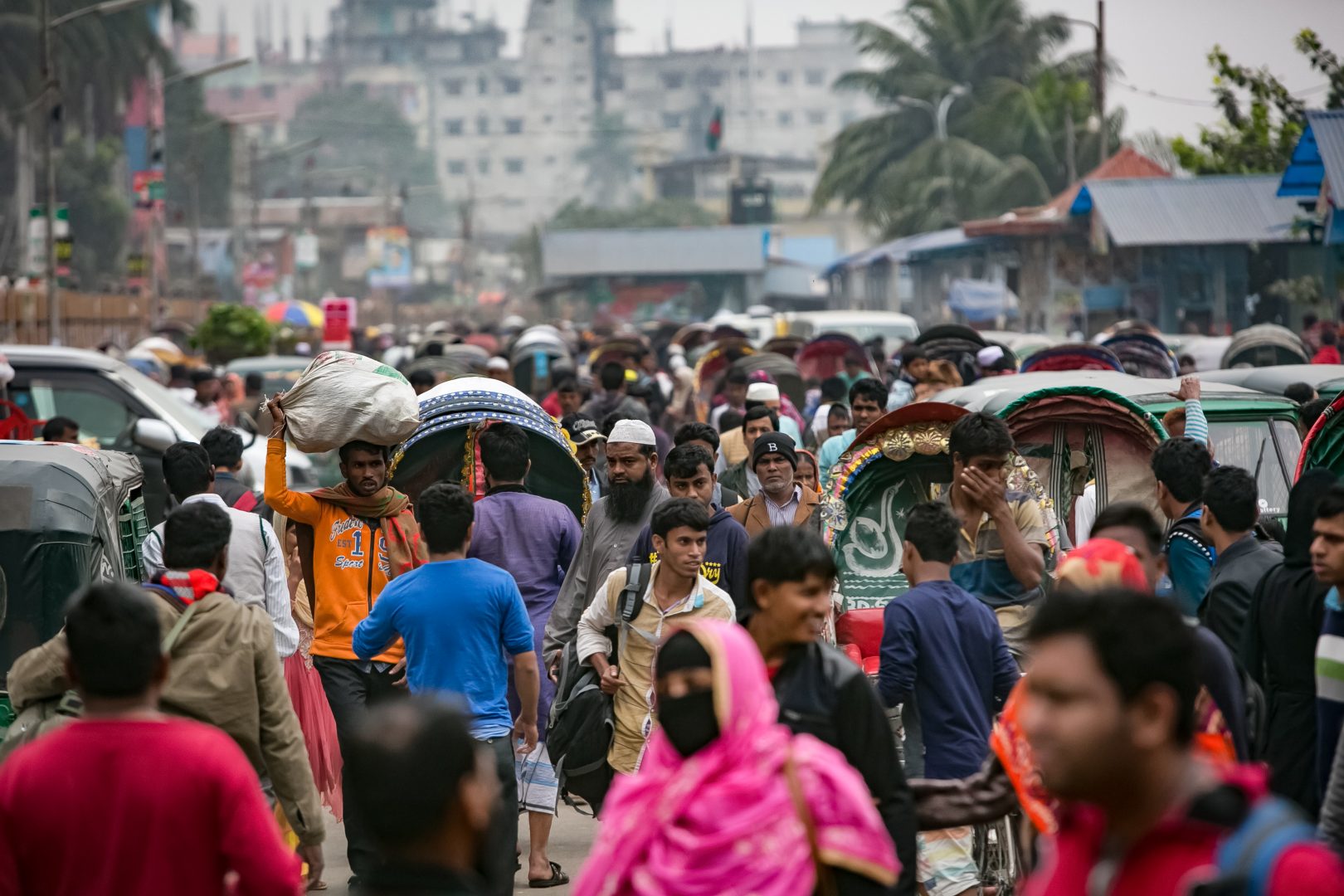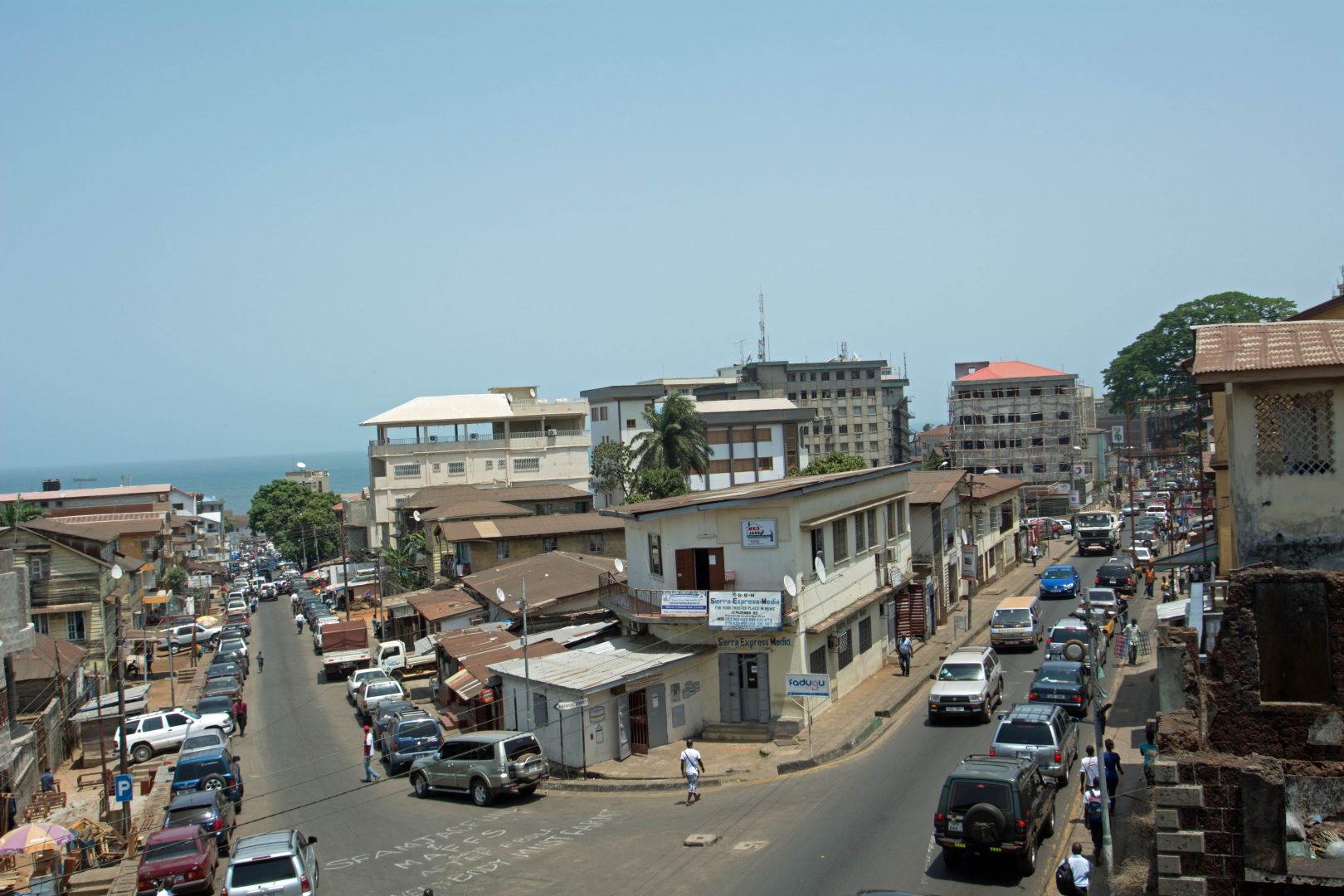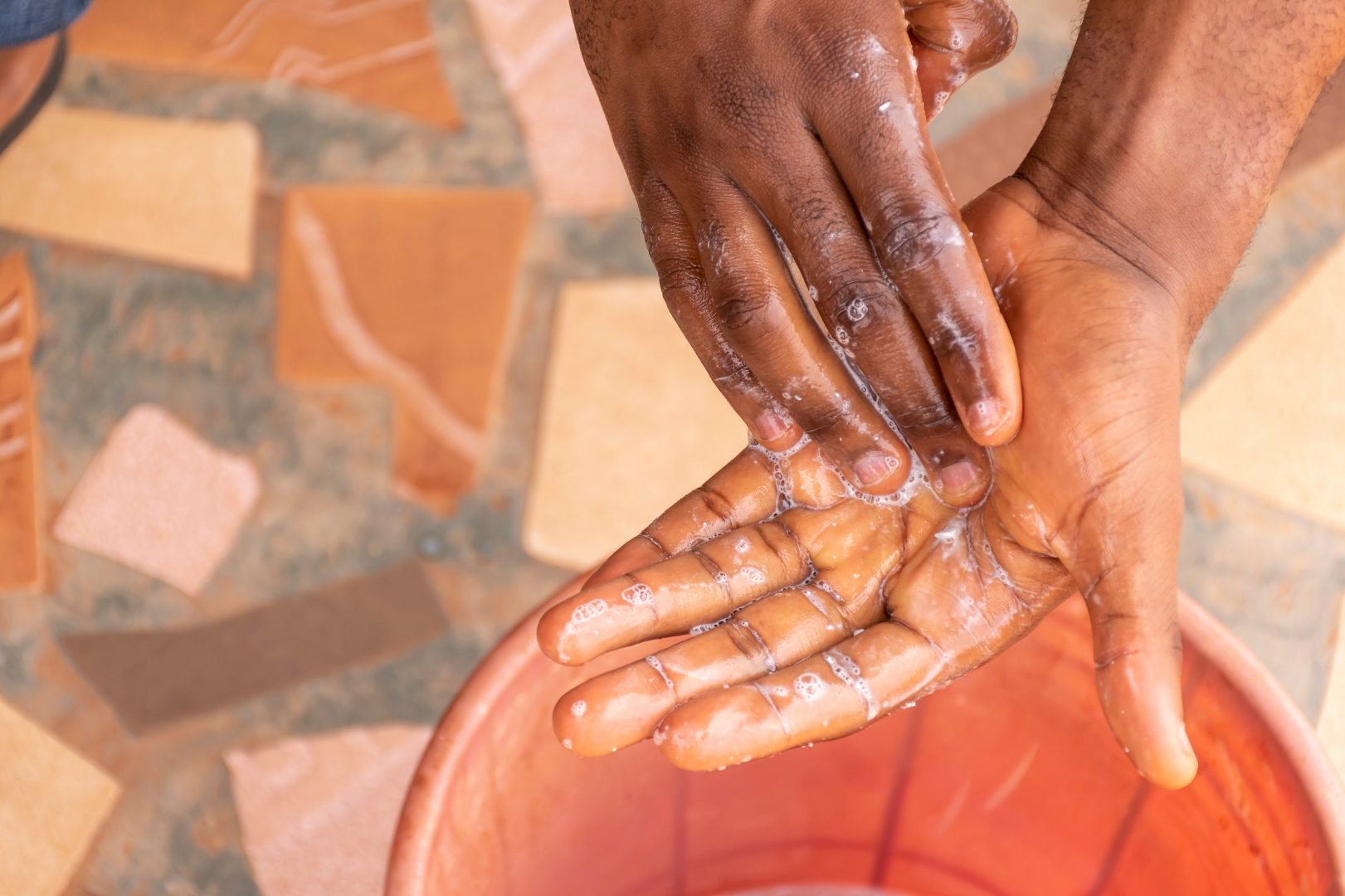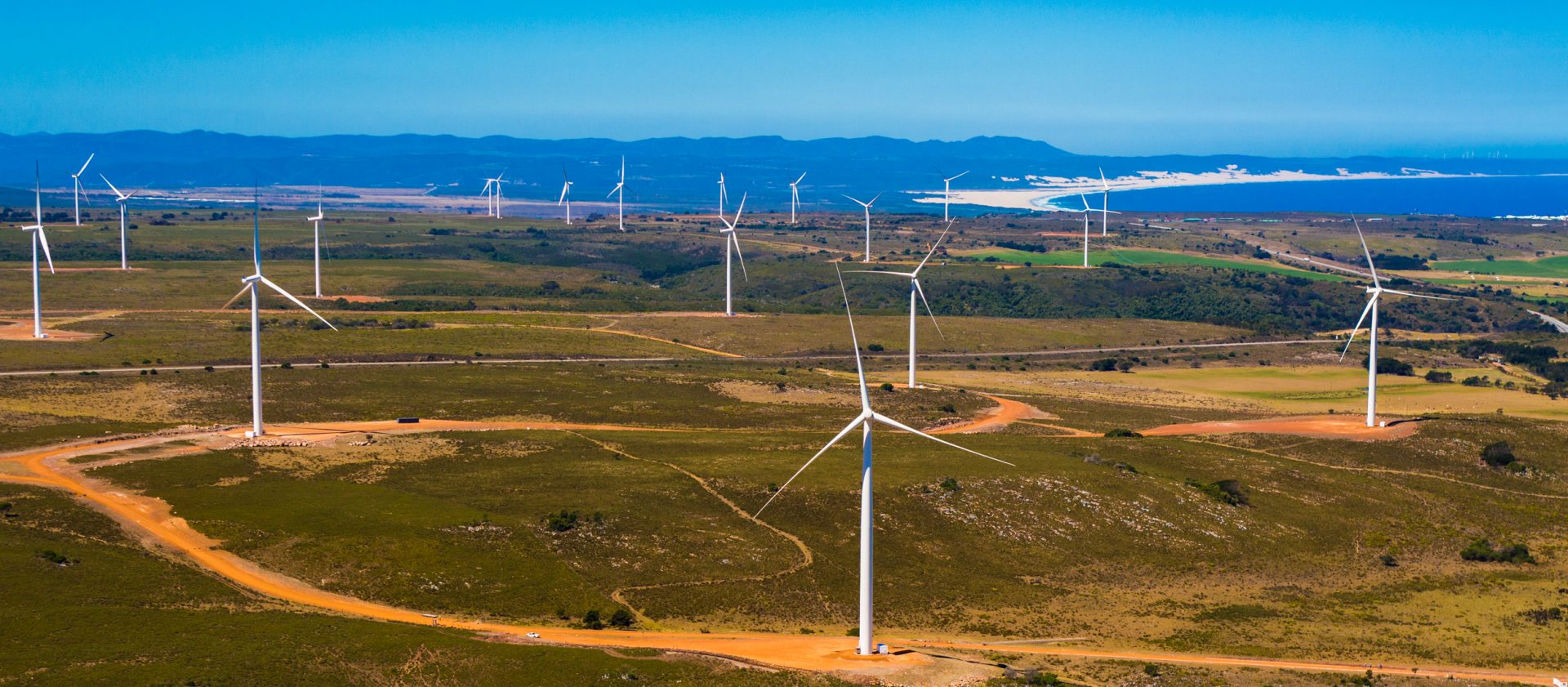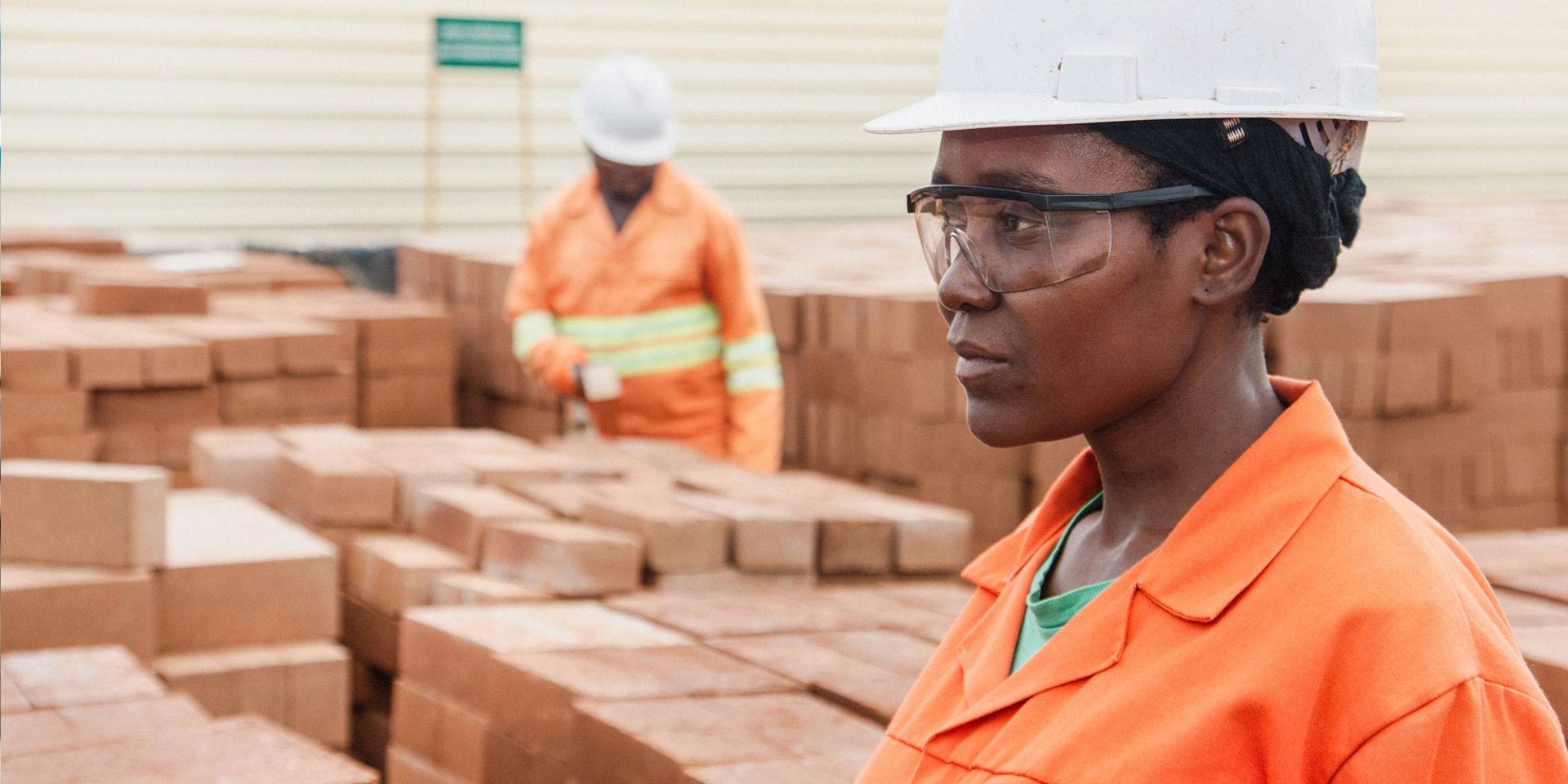This month, British International Investment is launching IMPACT =. It aims to explore what’s really meant by ‘true impact’, which of course is something all impact investors are interested in. We’ll be hosting discussions and viewpoints about how to maximise impact, what others have learnt from their past experiences investing for impact, as well as trends and opportunities.
As we explore these big questions about impact, I’ve been reflecting on my own experiences, as someone whose background is in the impact investment space but who has been CEO of a development finance institution for the last six years. One thing that has particularly struck me over that time is the separation between these two worlds – of development finance on one hand and impact investing on the other.
DFIs have been doing impact investing – to generate positive, measurable social and environmental impact alongside a financial return – for many years, decades even. However, there haven’t been the links between the work of DFIs and the rest of the impact investing community that I expected to see when I first entered the world of development finance.
So, what can impact investors learn from DFIs? What lessons have DFIs got to share? How can we increase the dialogue between the two? And how can DFIs play a greater role in mobilising capital from impact investors?
The first, and most significant, thing to note is the countries and regions where DFIs invest.
Africa has the greatest distance to travel to achieve the SDGs of any continent in the world. That means if your ambition is to contribute more fully to solving the SDGs, you’ve got to do that in Africa.
Frank Aswani, Chief Executive of the African Venture Philanthropy Alliance, made this memorable remark at one of our events:
“Africa for me is the impact sandbox of the world, there’s no better place for an impact investor to be than in Africa…It is like trying to play a Champions League game on a Sunday football pitch – you’ve got to be playing at Wembley and Africa is the Wembley of impact.”
DFIs are certainly notable by their presence in Africa. In 2022, European bilateral DFIs invested almost $3.5 billion in Africa. For many of them it was their most important investment destination. BII, for example, made more than 60 per cent of its new commitments to the continent last year.
When we look at the impact investment community however the numbers are much smaller. According to Invest Africa, roughly 8 per cent of the assets of impact-focused funds are in Africa, while less than 1 per cent of traditional private equity funds go there. Many major impact investors have either limited or no funds on the continent.
All that means there is still not nearly enough impact investment being committed to Africa where it could make the biggest difference.
How do we overcome this?
8%
of the assets of impact-focused funds are in Africa.
Firstly, DFIs have unrivalled country knowledge in Africa and many of the more challenging countries to invest in within Asia and Latin America. BII alone has investments in 34 different African countries and has been active there as an impact investor for 75 years. I’d like to see more efforts to bring DFIs together with other impact investors to share this knowledge and increase the level of impact investment going into these regions.
A second area for closer collaboration is the infrastructure sector, particularly in energy access and most especially in renewable energy. While it is true that many sectors in Africa offer challenging risk return profiles, infrastructure and project finance is not one of them. Indeed, the Global Emerging Markets (GEMS) database, to which DFIs and international financial institutions (IFIs) have been contributing investment returns for many years, shows project finance in Africa provides a higher return than in the US. That is the reason ILX, which manages an emerging markets-focused private credit fund, has recently been able to mobilise $1 billion of new institutional investment alongside DFIs into infrastructure in some of the world’s least developed markets.
75
years since BII was first established.
Infrastructure will remain a critical area of investment need. Billions of dollars will be needed to fund the transition to a net-zero economy in developing markets and to provide power to the 600 million people in Africa alone who are still deprived of reliable electricity. And it is not just power generation. BII and our DFI partners have funded a wide range of other infrastructure, and at a time when many countries are overloaded with debt, Public-Private Partnerships will make up an even larger share of new projects. All of this presents opportunities for investment with real impact.
Then there’s DFIs’ experience in managing environmental, social, governance, and business integrity. ESG management is key to achieving development impact and helps support the long-term sustainability of businesses. As a responsible investor, we place significant value on our role enabling better ESG outcomes.
As part of that, we’ve developed a framework of environmental, governance and social standards for our investee partners to use. Last year, we used those resources to build the capability of our investee partners, hosting workshops for over 700 participants from over 200 portfolio companies and fund managers. And those resources are also made publicly available for other investors on our website, as an important tool for others to use.
600
million people in Africa without access to power.
This expertise is not unique to us at BII. We recently hosted an event for ESG experts from our peer European DFIs. Seeing how this community has grown over the past few years makes me realise what a wealth of experience we have to share with other investors.
Beyond ESG, we’ve also enhanced our systems of measurement, including our impact measurement tool, which considers each new investment project under the key themes of productivity, sustainability and inclusion. As well as using it for our own portfolio, it’s also publicly available and free to use for other investors.
These are all examples of where we’ve been able to develop resources to enhance impact and share them as a public good for other impact investors, so our expertise can benefit others.
But there’s still much more to do. We need to find many more ways to bring together DFIs and impact investors to drive much faster progress towards the SDGs in those countries which need it most. We hope to use IMPACT = as one way to increase that important dialogue and exchange.
